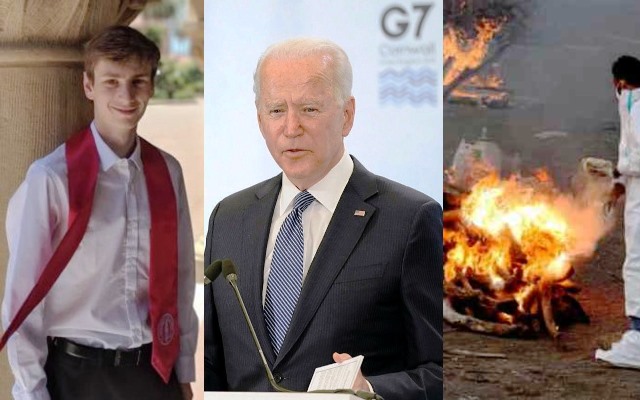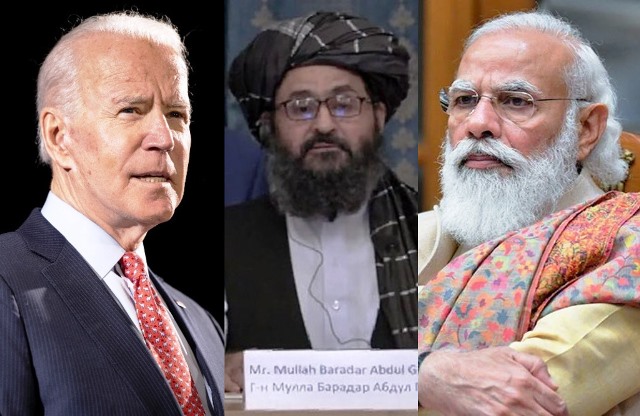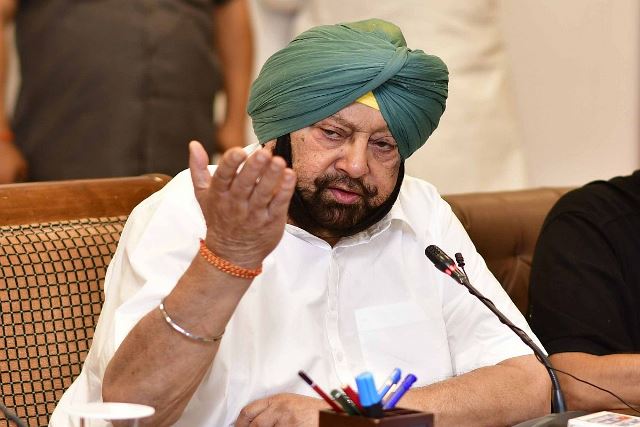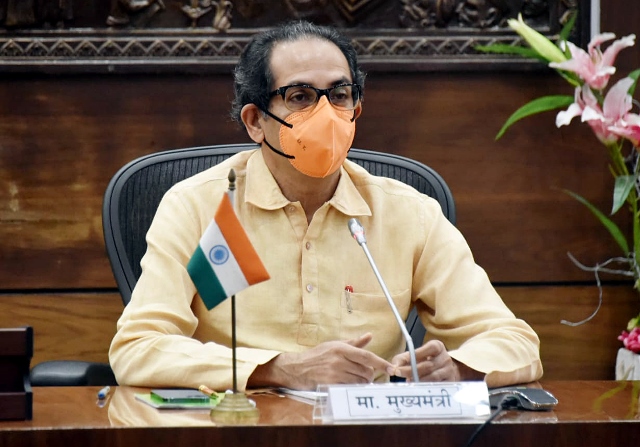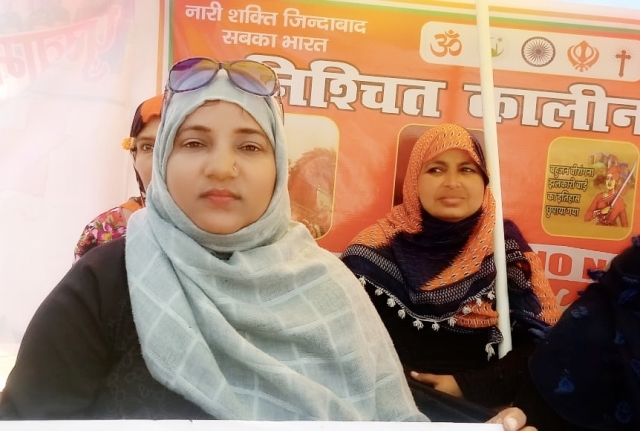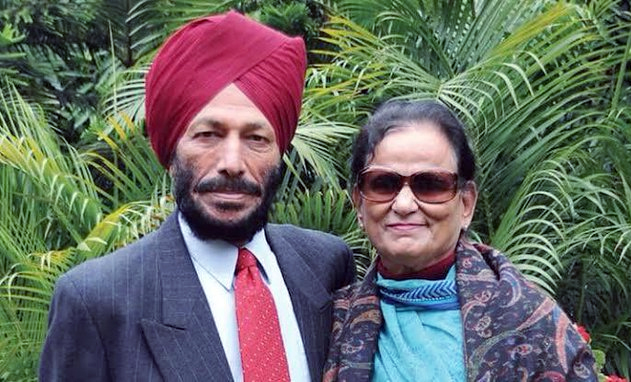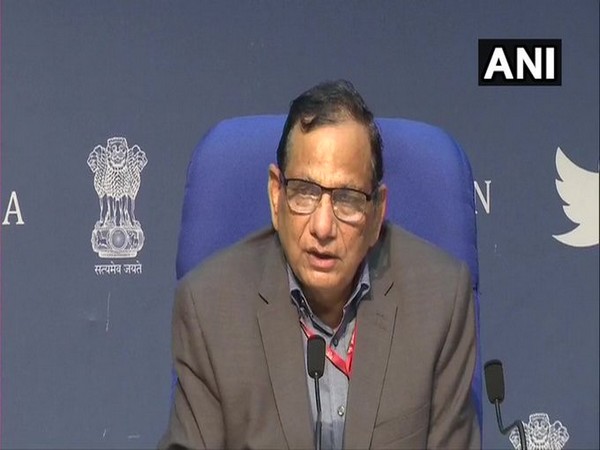The great and the good, in other words the rich, got together in Cornwall, Britain, with America declaring that it was back in business. As they desperately tried to show solidarity in purpose, their divisions shone through the World Fractured Democratic Front. Every few hours the word China emerged and unity broke with every one saying in unison, ‘China! China! China must be stopped!’ But as soon as said, Brexit took over.
Biden did get his way over one business: an agreement on making tech based businesses pay their share of tax. This had in fact been decided before and more or less agreed despite Britain dragging its feet. Britain was trying to safeguard its once pirate Islands now turned tax havens.
A G7 agreement on vaccinations was also achieved on a miserly 1 billion between them, falling short of the doses needed. The world has 7.6 billion souls or bodies to be vaccinated. About 2.8 Billion will be taken care of by China and India as they vaccinate their own. China probably is near to finishing while India has sort of started at Indian speed. That leaves about 2.5 billion still to be vaccinated after taking out Europeans, North Americans, Brits, Japanese, Russians and the Golden Middle East.
The conversation bounced back to China. China is Biden’s pet hate continuing another Trump policy. The rest superficially because in reality all of them need China’s trade. China, they said, must be stopped. Stopped from what was not clear. Stopped from being successful? Stopped from international influence that China is winning by giving vaccines, medical equipment and other developmental assistance etc to undeveloped countries?
America is worried about the Belt and Road project. It wants to set up a parallel one to win back friends and influence. It might be too late.
Biden couldn’t quite say, ‘China must not overtake US’. So he tried ‘China must be made to follow a rule based international order’ with Boris of Britain bellowing as an echo. France broke the party by reminding everyone that Boris of Britain was breaking international agreements. ‘Shh’ said Biden, ‘we are here to say China is out of order’. Then Germany’s Merkel waded in that Britain cannot unilaterally break international agreements. ‘Oh Shut up,’ said Boris, ‘stop being puritanical with rules.’ And round and round the circus went. Biden’s ‘China must follow rule based order’…. ending with Boris’ ‘stop being puritanical with rules’.
It must have appeared to be a right old comic opera seen from China’s TV. Fortunately, Chinese leadership doesn’t have sense of humour. America is back was more like old Father Biden trying to unite squabbling children. Difficult to see how they will take on China. Still they all stood at safe covid distance and smiled for the photos, saying Gee. It was more GEE 7 and less of G7.
DEATHS? WHAT DEATHS!

India’s Covid deaths have become a guessing game. This over obsessed bureaucratic country seems to have no idea of number of deaths. Government figures remain between 2,000 and 4,000 a day. What doesn’t add up is that so few deaths seem to have broken the crematorium system of India.
Before Covid, India’s daily death rate was between 25,000 and 30,000. That can be expected in a country of 1.4 billion. It wasn’t over stretched by any means. But if we are to believe the Government then an extra 3,000 deaths a day pushed the entire crematorium network over the threshold, so much that people were cremating their loved one on streets, fields, farms etc. Others were burying them in river banks etc.
Others are suggesting that the real figure is ten times the official count and that’s why people were using streets and fields to say last farewell to their loved ones. Perhaps the true figure will out some day soon.
HER MAJESTY, THE DEAR LEADER

There is no reason why the Queen of United Kingdom and head of Commonwealth should not be revered, respected and held in awe on demand as Kim Jung Un, Putin, Modi or MWB are by their people. Hence no other than the Education Secretary of Democratic and Free Speech Britain put pressure on a few Oxford students who dared to take her picture down in their common room. He said, “Oxford University students removing a picture of the Queen is simply absurd. She is the Head of State and a symbol of what is best about the UK. During her long reign she has worked tirelessly to promote British values of tolerance, inclusivity and respect around the world.” There! ungrateful students. And this minister has just been lecturing Universities to promote free speech and ideas! Prime Minister Boris echoed his sentiment in freedom Britain.
That’s exactly what Kim Jong UNs officials would be saying to any students daring to exercise democratic right in Democratic Republic of Korea. “Dear leader is Head of State, he has worked tirelessly to promote Korean democratic values, inclusivity and respect for the nation around the world!” So would Modi’s Bhakts and Putin’s youth league.
So democracy or no democracy, free speech or no free speech, there are somethings and some icons who are ‘dear leaders’ in all their respective countries.
However there is some difference in the way the unpatriotic, ungrateful and antinational (disrespecting of dear leaders really) people are punished.
In North Korea, if the ‘independent’ western press is to be believed, the ‘rascals’ would be marched promptly to the firing squad and made to repent their ungratefulness in afterlife.
In Russia, the ungrateful might be charged with some crime, or injected with a dye that fizzles their brain or body or be bungled into an unknown unlocatable prison.
India surprising might be different. On the whole not much will happen outside India’s independent press calling such people anti national while the patriotic Modi Bhakts would start a trolling race and even treat the anti-Modi group with iron rods punch up party.
In UK nothing and everything will happen. On the surface the students have freedom of choice. There won’t be police marching in with whips but enough political and public pressure will bear on them to make them appear to be anti-national, unpatriotic and ungrateful. And discreetly, the secret agencies, especially MI 5 will start a file on all the dissenters.
Right wing Tory minister Robert Jenricks said, ‘”I wouldn’t want anyone to disrespect her (Queen) out of ignorance in this way but I don’t think that we should waste too much time on student union politics.” Freedom of speech and choice is now ‘ignorance’ if it does not respect UK’s dear leader, the Queen.
And Left wing Manchester leader, Labour, Andy Burnham said, “We should always respect the Queen but particularly now given things that have happened in the last few months.”
“Let’s get a sense of proportion and a bit of respect. People can air their views but those kind of gestures are divisive actually – they just divide people, and I don’t think they achieve much, to be honest.”
So Queen, the dear leader of Britain, unites all parties. How one jumps from taking down a picture to become divisive is an algorithm only a politician can come up with. Fortunately the guy who led the removal of Her Majety’s picture is an American with very rich parents. Plenty of other British leaders joined in. But give some due to the rector of Magdalene College who said that it is just a students’ room and it’s their choice what they want on their wall.
So let’s not demonise North Korea, India and Russia only. Freedom loving UK is no different, getting into a national frenzy over a picture.
